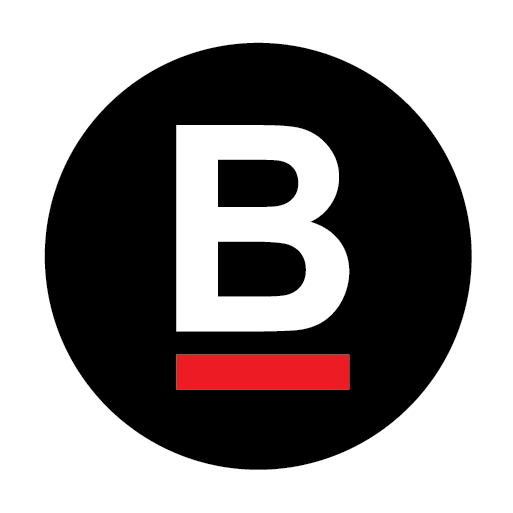.png-a616dc52961c1edd72b0c1fdf5f47e7a.png-d44bdfd9b52d9f76131f38376a1fe385.png) Kraken - See What Crypto Can Be with Kraken
Kraken - See What Crypto Can Be with Kraken
Curve is a decentralized exchange (DEX) built on Ethereum and now deployed on more than 10 additional blockchains and layer-two (L2) scaling solutions, including Arbitrum, Optimism, and Polygon.

In particular, Curve focuses on providing highly efficient and low-slippage trading between “pegged assets” like stablecoins, e.g. DAI and USDC, and also among “non-pegged assets” like ETH, WBTC, and so forth.
As an automated market maker (AMM), Curve lets users earn passive income by providing liquidity to the protocol’s liquidity pools, while simultaneously allowing traders to swap between top DeFi tokens with minimal fees and price impact.
History of Curve
Curve v1 was launched in January 2020 by Michael Egorov, who envisioned a platform that could optimize trades between stablecoins. Within 10 days, the protocol had accrued over $500,000 USD worth of total value locked (TVL). Within one year, the DEX had reached a $1.25 billion TVL.
In June 2021, the protocol launched its v2 rendition, which paved the way for the DEX to begin supporting liquidity pools of non-pegged tokens. The first of these pools was the TriCrypto pool on Ethereum, which remains popular today and is composed of ETH, USDT, and WBTC liquidity. In January 2022, the protocol reached its reigning all-time high TVL of $24 billion.
The pulse of Curve

According to Coingecko, Curve currently supports trading for over 60 cryptocurrencies across 105 liquidity pools. Among the most popular of these pools right now include 3pool (DAI, USDC, USDT), steth (ETH, stETH), and tricrypto v2 (ETH, USDT, WBTC).
As for its size in DeFi, Curve is presently the 8th-largest app in the ecosystem per its $2.12 billion TVL. The vast majority of this TVL exists on Ethereum at the moment, but Curve’s Arbitrum, Optimism, Polygon, Gnosis, Fantom, and Celo deployments all have TVLs over $10 million, showing that the DEX has a blossoming multichain ecosystem.
The CRV token
Released in August 2020, CRV is the native governance token of the Curve platform. It allows token holders to vote on Curve governance proposals and to earn rewards for providing liquidity. CRV can be earned by staking LP tokens or can be purchased on various decentralized and centralized exchanges.
Note that CRV can also be converted into vote-escrowed CRV (veCRV), which is CRV that’s been staked for a specific span of time. You earn more veCRV the longer you lock your CRV, and locking allows you to earn a cut of trading fees generated on Curve. That’s because in September 2020 a community proposal implemented a 50% admin fee on all Curve trading fees, which are then used to purchase 3CRV, the TriPool's LP token, and these tokens are then subsequently distributed to veCRV holders.
Per this guide’s latest update, CRV was trading around the $0.52 mark with an $455 million market capitalization, making it the 79th-largest crypto in the cryptoeconomy at the time. Its circulating supply was just over ~817M out of a 1,950,575,839 total supply.
What you need to use Curve
- 👛 A wallet — since Curve is deployed on Ethereum, any Ethereum compatible wallet should suffice for using with the protocol
- 🪙 Starter gas — you’ll need some ETH to cover the gas costs of trading on Curve (of course, if you’re trading on a separate L1 like BNB Chain you’ll need some BNB as the gas token, etc.)
How to use Curve

To get started with Curve, follow these steps:
- Connect your Web3 wallet, like MetaMask, to the Curve platform.
- Select the desired pool from the list of available options.
- To swap assets, simply choose the input and output tokens and click "Swap."
- To provide liquidity, deposit the desired assets into the selected pool and receive LP tokens in return. These tokens represent your share in the pool and can be staked to earn rewards.
Risks of Curve
As with any DeFi platform, there are certain risks associated with using Curve:
- Impermanent loss: Providing liquidity to pools may expose users to impermanent loss.
- Regulatory risk: The regulatory landscape for DeFi platforms like Curve is uncertain and subject to change.
- Smart contract risk: Although battle-tested at this point, it’s still conceivable that Curve's smart contracts could be subject to hacks or exploits.
DeFi competitors to Curve
Curve faces competition from other top DeFi DEXes, including:
- 🦄 Uniswap ($3.15B USD TVL)
- 🥞 Pancakeswap ($1.35B USD TVL)
- ⚖️ Balancer ($686M USD TVL)
- 🍣 Sushiswap ($272M USD TVL)
Additional Curve resources
For more information and resources about Curve, visit:
Zooming out
Curve has established itself as a leading decentralized exchange in the DeFi ecosystem, providing efficient and low-slippage trading among stablecoins and other non-pegged assets. Its innovative approach and integration with other DeFi protocols make it an attractive option for users looking to maximize their yield and participate in the ever-evolving world of decentralized finance.
 Bankless
Bankless 



.png-a616dc52961c1edd72b0c1fdf5f47e7a.png-8359976fdb0656215e306b0de9208da8.png)